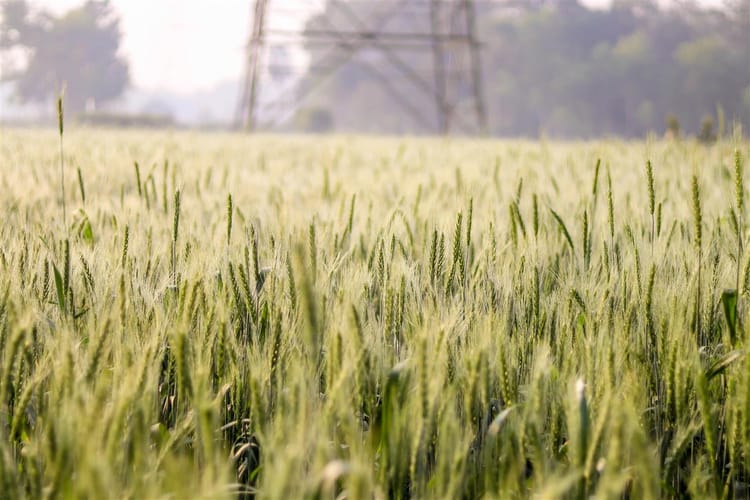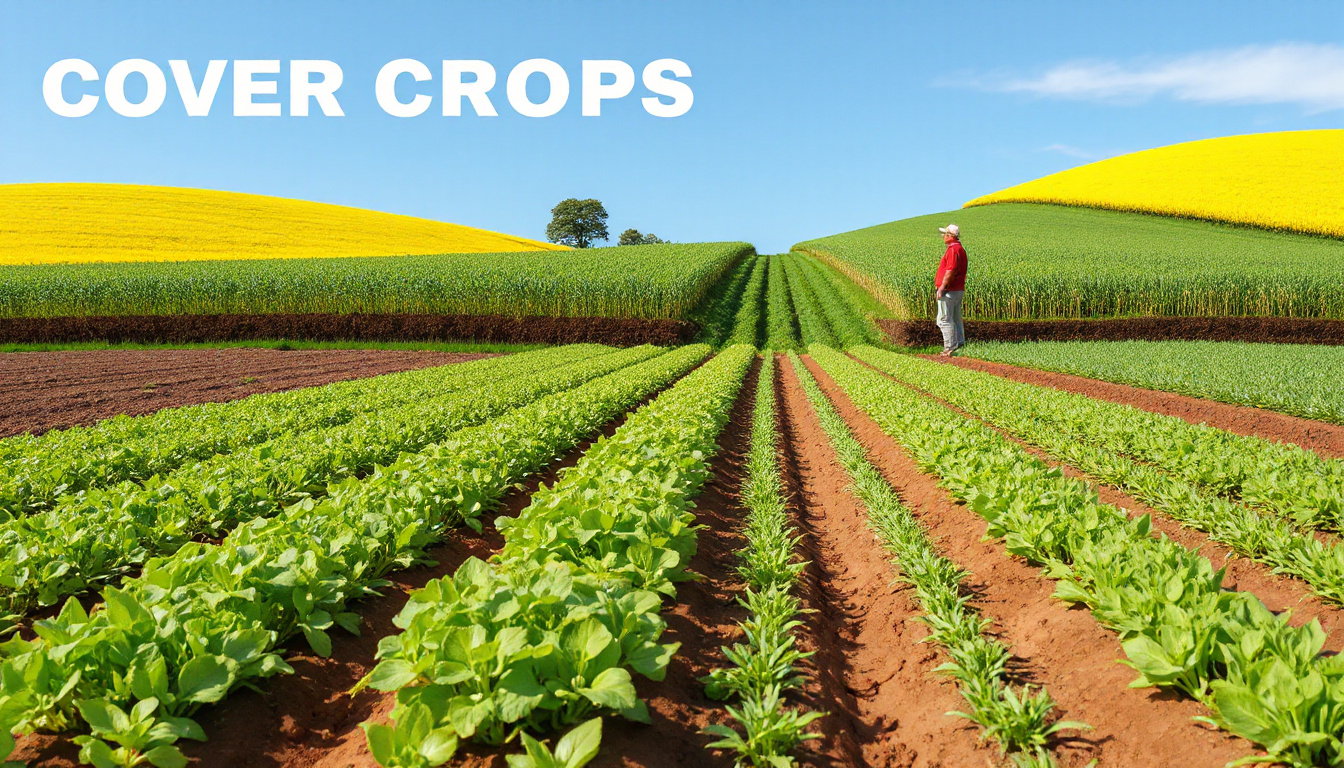Revitalize Your Soil This Winter: The Power of Cover Crops for Sustainable Growth!

As winter approaches, many gardeners face the challenge of maintaining healthy soil during the cold months when all seems dormant. One highly effective solution is the use of cover crops — also known as green manures. These plants serve vital roles in protecting and enriching the soil, paving the way for a fruitful gardening season in spring. In this article, we'll explore the various benefits of cover crops, the types you can grow, and the essential steps to sow them successfully.
What are Cover Crops?
Cover crops are plants specifically grown to protect and enrich the soil when it would otherwise lie bare, especially during winter. Notably, they contribute to soil health by preventing erosion, suppressing weeds, and nurturing beneficial microorganisms within the soil ecosystem.
By planting cover crops, gardeners can ensure that their soil remains vibrant and capable of supporting productive crops when spring comes around. The key benefits of cover crops include:
- Organic Matter Enhancement: When cover crops are dug into the soil at the end of winter, they decompose, adding essential organic matter that feeds subsequent plants.
- Weed Suppression: Cover crops limit the space and resources available for weeds to establish, leading to cleaner growing beds in the spring.
Soil Protection: Keeping soil covered reduces erosion from wind and water, preserving its structure and fertility.
Choosing the Right Cover Crops
When selecting cover crops, consider the specific benefits each type offers based on your soil conditions and future crop plans. Here are some excellent options:
1. Cereal Rye:
Known for its deep and fibrous root system, cereal rye is ideal for improving soil structure by breaking it up and aerating it. Its resilience makes it a popular choice.
2. Mustard:
This fast-growing crop produces lush foliage that can be dug into the soil after a few months. It works exceptionally well on clay soils, as the roots help break up compacted earth.
3. Legumes (Winter Field Beans, Peas, Clover, Vetch):
Legumes are unique as they can fix nitrogen in the soil, enriching it naturally. This is particularly beneficial before planting nitrogen-hungry crops like cabbage.
4. Phacelia:
A versatile cover crop, phacelia suppresses weeds while enhancing soil structure. Its beautiful flowers also provide a significant food source for beneficial insects, making it great for biodiversity.
5. Buckwheat:
Fast-growing and excellent for suppressing weeds, buckwheat serves as both a soil enhancer and a nectar source for pollinators in the spring.
How to Sow Cover Crops
The best time to sow cover crops is late summer to early autumn. Follow these steps to ensure successful planting:
- Prepare the Soil: Start by loosening the soil and removing any existing weeds. This sets a clean foundation for your cover crops.
- Broadcast Seeds: Scatter the cover crop seeds evenly over the soil surface, ensuring not to sow them too thickly. Rake the seeds into the soil lightly and tamp them down for good seed-to-soil contact.
- Water: If the soil feels dry, provide a gentle watering to help germination.
- Row Planting (for larger seeds): For crops like winter field beans, create trenches about 5 cm deep, spacing them 20 cm apart, and place seeds 10 cm apart before covering the trenches.
- Incorporate Before Flowering: Ideally, dig in cover crops before they flower, when the stems are still soft. This facilitates easier decomposition, enriching the soil efficiently.
- Timing for Incorporation: Ensure you dig in your cover crops at least one month before planting your spring crops, allowing for ample decomposition.
The Benefits of Autumn-Sown Cover Crops
Planting cover crops in autumn is a powerful strategy for maintaining soil health through winter. When these crops grow, they prepare your garden for a successful spring planting season, leading to robust vegetable yields.
By implementing cover crops into your gardening routine, you not only enhance the vitality of your soil but also contribute to more sustainable gardening practices. As you embrace this winter strategy, your future crops will surely thank you for the robust base you’ve cultivated. Happy gardening!





